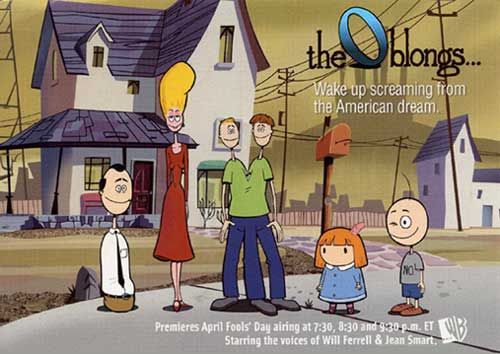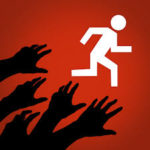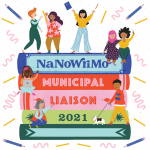This article was published internally, describing how the cartoon show “The Oblongs” shows characteristics of Behavioral Differentiation.
“The Oblongs” showcase overcoming obstacles, mirrors corporate culture
“The Oblongs” aired in 2001 on The WB, following the lives of the Oblong family. Milo, the show’s main character, is almost physically normal (his only physical difference is that one eye is much smaller than the other), but suffers from Attention Deficit Disorder and Obsessive Compulsive Disorder. Also featured are his mother, Pickles, his sister Beth, conjoined twins Chip and Biff, his father Bob and Milo’s friends Helga, Susan, Peggy and Mikey. The heroes of the show live in a valley contaminated by “a chemical spill [that] came from the people living up on the Hill.[i]”
All the characters overcome their adversities, even Bob, though he has no arms or legs. Bob keeps an assembly-line job, cuts wood, gives charade clues and lights a barbeque- all with his head.
To create customer success, it is necessary to help our customers navigate barriers, and although it is a different variety of barriers than the Oblongs must navigate, the issue remains the same: becoming a resource for the customer.
Westinghouse behaviors state that “the account team will identify for each level of the customer’s organization, primary and alternate Westinghouse points of contact to navigate Westinghouse and act as a resource for any other issue.[ii]”
By assisting and guiding our customers around these barriers, Westinghouse can gain what “The Oblongs” did not: success and survival.
Those living up on the hill are well aware that they have everything they could ever want. Spoiled and pampered, they go about their day-to-day lives without a care. Each episode however, shows the resourcefulness and ambition of those living in the valley, the Oblong family and their friends. While those people living on the hill refuse to change, it is the Oblongs who succeed in the end, even in the face of their personal obstacles.
One such episode shows Pickles as she forms a troop of girl scouts. Subsequently, they become stranded in the middle of the big city along with the troop of girls from on top of the hill. The troop led by Pickles ultimately saves both groups, utilizing what skills they each possess, even with their mental and physical obstacles.
Unfortunately, “The Oblongs” did not survive past their first season. Canceled due to low ratings, it was hailed as one of the best, but least understood, satires of its time. “Oddly, the media’s most direct and critical representations of class inequality are in cartoons, the only spots on American television that make no claims whatsoever to realism.[iii]” It is the story of the series itself that is the greatest irony. “The Oblongs” could not overcome their own barriers, the sheer absurdity of the premise and characters, coupled with the far-off satire, and was eventually forced into television history (it is aired as re-runs on Cartoon Network’s, “Adult Swim” and on TBS).
However, by keeping a Customer 1st attitude and assisting our customers navigate the barriers they are presented with, Westinghouse has the opportunity to continue to build its relationships with these customers and grow as a company. By ensuring that we act like those who lived in the valley, we can guarantee our customers honest, helpful and productive points of contact and interactions.







